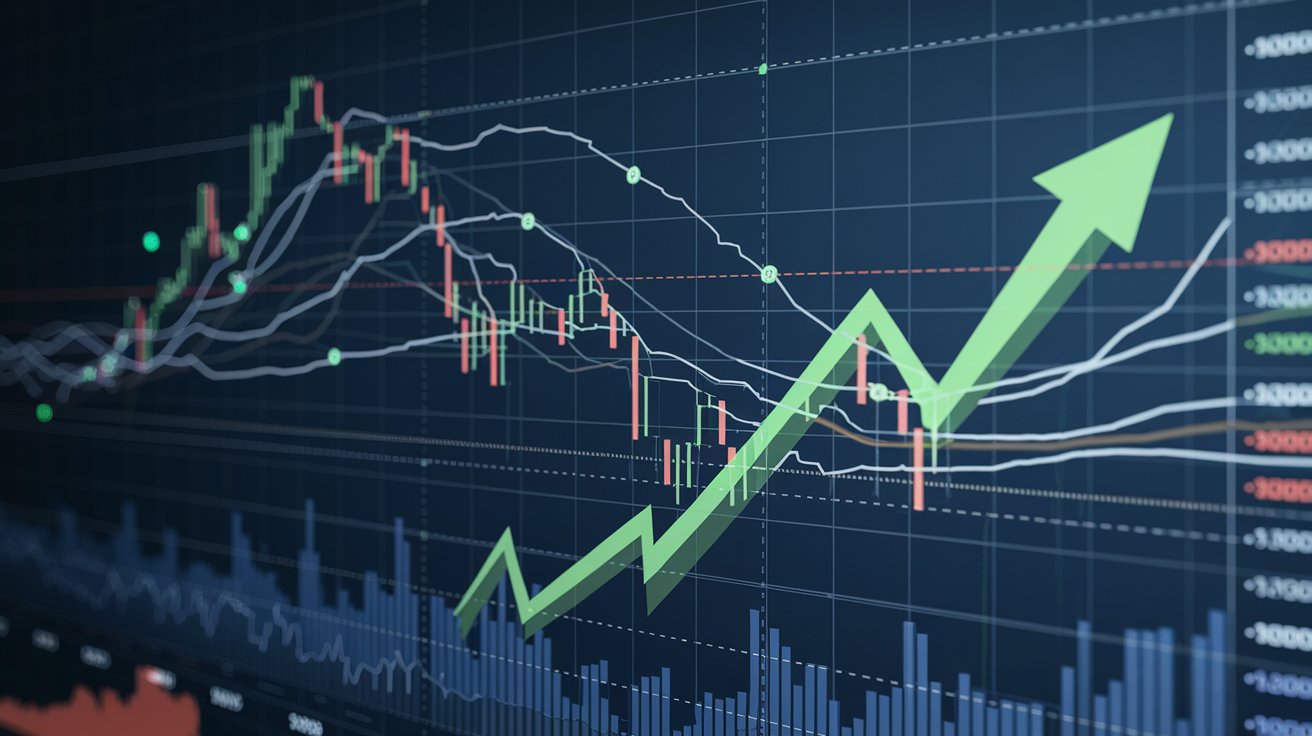Technical analysis remains a crucial tool for short-term traders in 2024, offering insights into market trends, momentum, and potential entry and exit points. This article explores key technical analysis techniques and how to apply them effectively in today’s fast-paced trading environment.
Understanding the Basics
What is Technical Analysis?
Technical analysis is the study of historical price movements and patterns to forecast future price action. It’s based on the premise that all relevant market information is reflected in the price, and that price movements are not random but follow identifiable patterns.
Why Use Technical Analysis for Short-Term Trading?
Short-term trading, which typically involves holding positions for a few days to a few weeks, benefits greatly from technical analysis. It helps traders:
- Identify trends
- Spot potential entry and exit points
- Manage risk effectively
- Time their trades with precision
Key Technical Indicators for 2024
Moving Averages
Moving averages smooth out price data to create a single flowing line, making it easier to identify the overall trend. In 2024, traders are finding success with:
- Simple Moving Average (SMA)
- Exponential Moving Average (EMA)
- Adaptive Moving Average (AMA)
Relative Strength Index (RSI)
The RSI measures the speed and change of price movements, indicating overbought or oversold conditions. In 2024, traders are using RSI with:
- Traditional 14-day period
- Shorter 5-day period for increased sensitivity
- Combining with other indicators for confirmation
Bollinger Bands
Bollinger Bands consist of a middle band (usually a 20-day SMA) with an upper and lower band. They help identify:
- Potential breakouts
- Periods of consolidation
- Trend reversals
MACD (Moving Average Convergence Divergence)
The MACD is a trend-following momentum indicator that shows the relationship between two moving averages of a security’s price. In 2024, traders are:
- Using MACD histograms for momentum analysis
- Combining MACD with RSI for stronger signals
- Exploring adaptive MACD settings for different market conditions
Advanced Techniques for 2024
Machine Learning Integration
As artificial intelligence continues to evolve, more traders are incorporating machine learning algorithms into their technical analysis:
- Pattern recognition: AI can identify complex patterns faster than humans
- Predictive modeling: Machine learning models can forecast potential price movements
- Sentiment analysis: AI can analyze news and social media to gauge market sentiment
Multi-Timeframe Analysis
Traders are increasingly using multi-timeframe analysis to get a more comprehensive view of the market:
- Higher timeframe: Identify the overall trend
- Intermediate timeframe: Spot potential entry points
- Lower timeframe: Fine-tune entries and exits
Volume Profile
Volume profile analysis is gaining popularity, offering insights into:
- Areas of high and low trading activity
- Potential support and resistance levels
- Fair value areas in the market
Practical Application: A Step-by-Step Approach
- Identify the overall trend: Use higher timeframe charts and moving averages to determine the primary trend direction.
- Spot potential entry points: Look for pullbacks or breakouts using indicators like RSI, Bollinger Bands, and MACD.
- Confirm signals: Use multiple indicators and timeframes to confirm potential trades.
- Set risk parameters: Determine stop-loss and take-profit levels based on key support/resistance levels and your risk tolerance.
- Execute the trade: Enter the position with a predetermined position size based on your risk management strategy.
- Monitor and adjust: Keep an eye on the trade, using shorter-term charts and indicators to spot potential exit signals.
Common Pitfalls to Avoid
- Over-reliance on a single indicator: No single indicator is perfect. Use multiple tools for confirmation.
- Ignoring the broader market context: Always consider the overall market conditions and sentiment.
- Failure to adapt: Markets evolve. Regularly review and adjust your strategies.
- Emotional trading: Stick to your pre-defined trading plan and avoid impulsive decisions.
Comparison of Popular Technical Indicators
| Indicator | Strengths | Weaknesses | Best Used For |
|---|---|---|---|
| Moving Averages | Simple, trend identification | Lag in fast-moving markets | Trend following |
| RSI | Overbought/oversold signals | Can remain extreme in strong trends | Mean reversion trades |
| Bollinger Bands | Volatility measurement, breakout identification | Can give false signals in ranging markets | Volatility-based strategies |
| MACD | Trend and momentum measurement | Lag in signal generation | Trend confirmation |
| Volume Profile | Price-volume relationship analysis | Requires significant data and processing | Support/resistance identification |
Conclusion
Technical analysis remains a powerful tool for short-term traders in 2024, offering valuable insights into market behavior and potential trading opportunities. By combining traditional indicators with advanced techniques like machine learning and multi-timeframe analysis, traders can gain a competitive edge in today’s markets.
However, it’s crucial to remember that no analysis method is foolproof. Successful short-term trading requires a combination of technical skills, disciplined risk management, and the ability to adapt to changing market conditions. As you implement these techniques, continue to refine your approach, stay informed about market developments, and always prioritize risk management in your trading strategy.
By mastering the art and science of technical analysis, you’ll be well-equipped to navigate the exciting and challenging world of short-term trading in 2024 and beyond.

